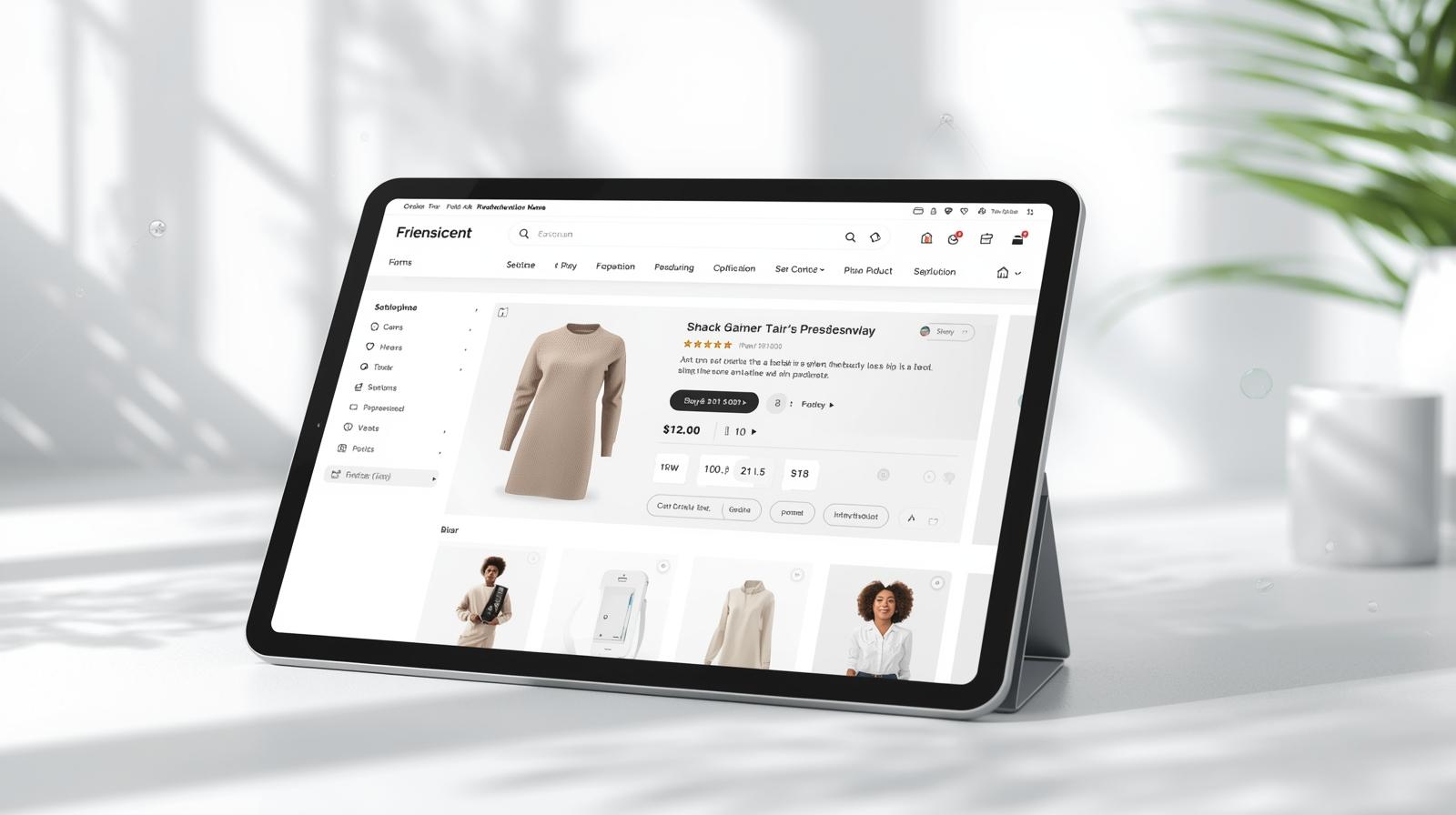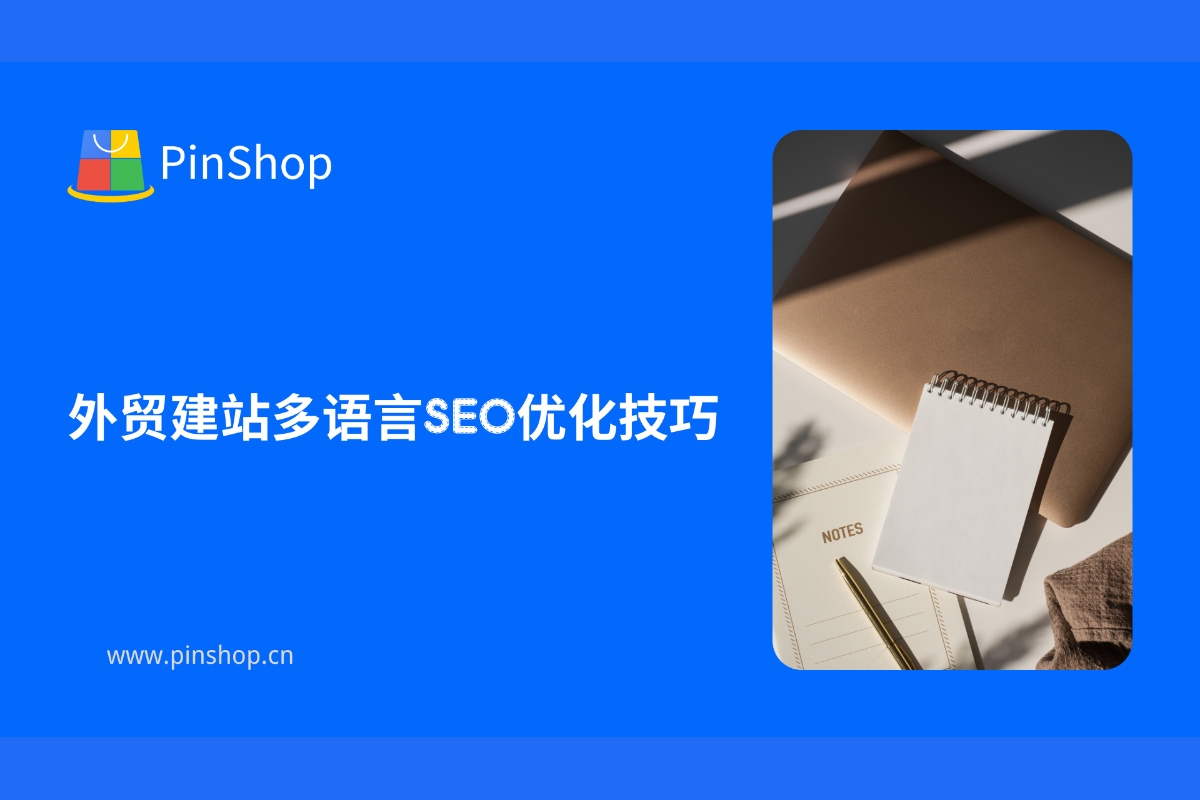Goal: Use data to explain buyer behavior, identify churn points, and consistently convert “browsing” into “inquiries/orders.”
Build the framework first: reverse-engineer indicators from business problems
Set metrics around three types of questions:
Can it be found (exposure and clicks): organic/paid/social media sources, landing page click-through rate.
Is it understandable (understanding and trust): dwell time, page scroll depth, interaction rate of specifications/videos/3D models.
Willingness to take action (conversion and retention): inquiry submission rate, WhatsApp/email clicks, second visits and repeat purchases.
Refer to Google Search Central's Getting Started Guide to set up a clear information architecture and crawlability structure to provide a reliable data surface for subsequent analysis.
Correct collection: event-based and cross-domain tracking
Use event models (such as view_item, download_spec, start_quote, and submit_lead) to record key actions. Common B2B cross-domain traffic (official website ⇄ inquiry form/payment) requires cross-domain measurement and consistent UTM specifications to prevent sources from being overwritten by "direct" traffic. Forms must track three events: start of form entry, field error, and successful submission to distinguish between "disinterest" and "blocked."
Look at the path: restore the user decision journey
Use path exploration to observe the actual link from "entry → product page → specification download/video → inquiry" to identify the biggest breakpoints. For example, if a mobile app drops the connection at "View Specifications," common causes include an inappropriate document format or a secondary redirect required to download. Categorize overlapping paths (by new/recurring customer, country, channel, device) for targeted optimization.
Page evidence: clarify whether it can be used, whether it is worth it, and when it will arrive
High-converting product pages typically feature key information front-of-the-fold (model, MOQ, delivery date, certifications), lightweight forms (3–5 required fields), and relevant social proof (customer logos, test reports). These practices align with the Nielsen Norman Group 's emphasis on "information scent and scannability" and can significantly reduce hesitation time.
In-site search and classification: let buyers arrive faster
E-commerce and catalog-based websites should optimize their on-site search: including spelling tolerance, synonyms (e.g., "datasheet = spec sheet"), attribute filtering, and empty result guidance. Numerous studies have shown that strong on-site search and clear faceting can directly improve conversion rates. For example, see the Baymard Institute's usability study on e-commerce on-site search .

Performance and Experience: Speed is Trust
Pages with LCP ≤ 2.5s, INP ≤ 200ms, and CLS ≤ 0.1 are more likely to be browsed and completed. Technically, we recommend using React + Next.js with SSG/ISR and a global CDN, WebP/AVIF images, adaptive image sizes, and lazy loading of important scripts; these adjustments improve the user experience and facilitate crawling and indexing. (For practical implementation, see Google Search Central's Speed and Availability Recommendations .)
A/B and Attribution: Turning "Feeling Good" into "Replicable"
A/B testing : main image style, title structure (application scenario/pain point/benefit), CTA copy and button position, number of form fields.
Attribution review : Unify UTM, distinguish the performance of channels in each step of "watch video → download specifications → submit inquiry", and correctly "increase" the budget.
North Star Indicator : Use inquiry quality (efficiency) × inquiry volume as the comprehensive goal to avoid the one-sided pursuit of submission numbers.
Landing list (by priority)
1) Complete the structured data (Product/FAQ/HowTo) for core category pages and product pages, and link to the corresponding models and application articles;
2) Rearrange the home screen, placing parameters/certification/delivery date in front of the main CTA, and reduce the form to 3–5 fields;
3) Add event tracking for videos/3D/specifications, and switch to in-place preview on mobile devices;
4) Enable synonyms and empty result recommendations for site searches;
5) Micro A/B every two weeks, the indicator is based on the 7/14 day rolling average.
CTA | Use Pinshop to turn data into continuous conversion growth
Pinshop is built on React + Next.js and a global CDN, with native support for multiple languages and structured data templates. It also features built-in automated SEO, enhanced site search, 3D visualization, event tracking, and visual reporting , along with A/B tracking and lead tracking tools. Book a demo now to get your international trade website analysis and optimization checklist.

【Extended Reading】
How to create high-conversion product pages for foreign trade website construction






